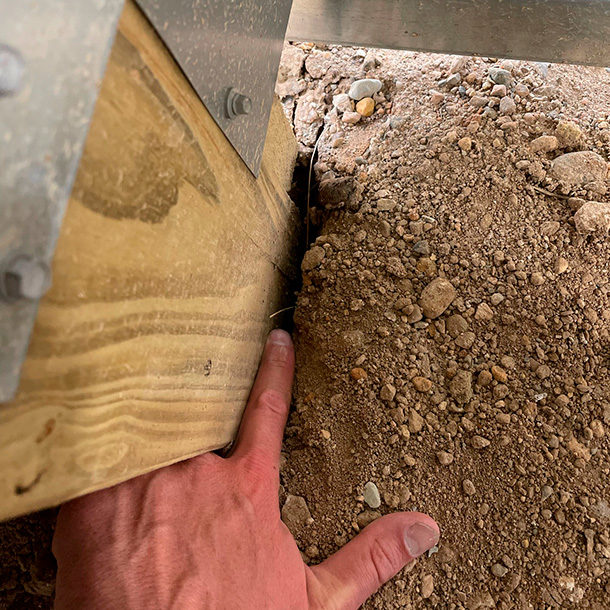Staring at that wall of billowing, black clouds racing across the prairie makes a grown man shake in his boots. The terror nature unleased on the western Corn Belt in the ides of May unfolded rapidly, leaving a swath of destruction in its wake. When the dust settled, we all crawled from whatever shelter we scrambled into that evening and began to survey the damage.
I’m sure if you saw the news or the had friends from the Midwest on social media, you are familiar with the consequences of the storm that erupted on the 12th of May. Though at the time of this writing all the damages have not been tabulated, I’m certain it will number in the millions of dollars and, worse yet, multiple lives lost.
In typical Midwest fashion, once everyone checked to make sure their own families were okay, we immediately went to help others. EMTs and firefighters raced to toppled pickups and semis to aid drivers. Police officers rerouted traffic to safer routes. County and state road crews blocked off the unsafe roads to make the officers’ jobs easier. Linemen shut off the hot, fallen powerlines and began rebuilding the infrastructure to keep the lights on. My brother, part of the forestry crew for the city of Sioux Falls, went out to remove fallen trees from the roads. And the folks in health care relocated the nursing home residents from a local facility that took a direct hit from a tornado.
Though human life and safety always comes first, in events such as these veterinarians have an important role to play for the pets and livestock that inhabit the land with us. Flying debris that can smash a car window can also severely injure an animal. And timely, appropriate medical care is critical for survival.
For my wife – who is also a veterinarian – and me, the call came from a neighbor. In the commotion a horse received a laceration and the chicken shed blew into the next field. We ran down to lend a hand right away.
We pulled into their driveway and the first thought that came to my mind was, “Oh, wow,” and not the good kind of “wow” either. Multiple buildings were damaged. The garage was flat out gone — it was a mess. I started with the horse while my wife helped the neighbor girl round up now homeless chickens.
The bad news for the horse was the cut was in a tough spot, over the left rear heal bulb. The good news was that it appeared the cut did not go through the coronary band, the portion at the top of the hoof where the hoof wall grows from. Injuries to this area may cause permanent damage to the hoof. I began the flushing process since the water was still functioning.
As I worked on the horse, I glanced at the scene in front of me. Mangled steel sheeting, tools strewn across the farmyard and gaping holes in buildings left a hollow feeling in my gut. But I saw something else far more inspiring.
In the midst of the wreckage were fellow neighbors, helping this family pick up the pieces. Despite the damage, everyone was smiling and there were a few jokes about how they finally found a good time to sort through all this stuff. Occasionally a comment was made about how things could have been so much worse if this person or that person would have not made it to the house soon enough. The reality is in the end, it’s just stuff. The people were okay, the horse would heal up and the chickens were going to find a temporary residence.
And that’s what I love about living here. People here help people. Whether it is their professional role or just lending a hand, it shows the value we place on human life. We were taught to “love thy neighbor as thyself” in Sunday school, and when we do, it makes the tough patches of life turn out okay in the end. And thanks to that, I am currently chicken-sitting until we rebuild a coop. ![]()
Jake Geis is a veterinarian and blogger in Freeman, South Dakota.
PHOTO: You know it’s a strong wind when it moves the posts of a building one-half inch. Photo by Jake Geis.











